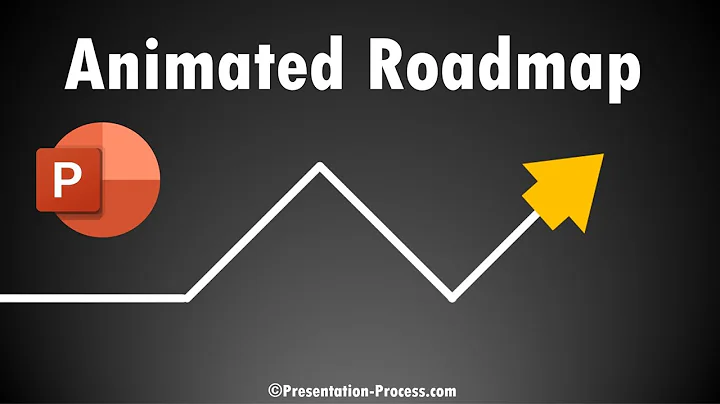Master the Art of Starett Level Calibration
Table of Contents:
- Introduction
- Mounting the Vial
- Finding a Level Surface
- Using a Bottle Level
- Calibrating the Level
- Making Adjustments
- Testing the Calibration
- Final Thoughts
- Additional Resources
- Frequently Asked Questions
Introduction
Welcome back to the old iron shop! In this article, we will be discussing how to perform a Starett level calibration. This process is essential to ensure the accuracy of your level and to obtain precise measurements. We will guide you step by step through the calibration process, even if you don't have access to a perfectly flat surface or professional calibration services. Let's dive in!
Mounting the Vial
The first step in the calibration process is to mount the vial securely. Using a small hemispherical washer and a bit of CMD extreme pressure lube, apply the lubricant to the washer and place it on the stud side of the vial. Tighten the screw and nut to hold the vial in place. This ensures that the vial is securely mounted and ready for calibration.
Finding a Level Surface
Ideally, calibration should be done on a perfectly flat and level surface, such as a surface plate. However, if you don't have access to one, don't worry. You can still perform the calibration using a suitable alternative. For example, a granite backsplash or a flat countertop can serve as a reasonably level surface for the calibration process. Just ensure that the surface is clean and free from any debris or obstructions.
Using a Bottle Level
A bottle level, also known as a carpenter's level, is a handy tool for performing the Starett level calibration. Although not highly accurate, it serves its purpose in this calibration process. Place the bottle level on the surface, ensuring it is between the lines to get a rough estimate of levelness. While this reading may not be reliable, it provides a starting point for calibration.
Calibrating the Level
Now that we have established a starting point, it's time to begin the calibration process. The objective is to compare the readings obtained in different orientations of the level and adjust accordingly. Begin by marking the footprint of the level on the surface, ensuring you can place it back in the exact same spot for subsequent measurements.
Making Adjustments
To start making adjustments, flip the level in the opposite direction and observe the reading. The goal is for the level to read the same number of marks to the left as it did in the initial orientation. If the reading is off, adjustments need to be made. Loosen the screw, and using a suitable tool, gently raise or lower the side that needs adjustment. Retighten the screw and observe the new reading.
Testing the Calibration
Once adjustments have been made, flip the level back to the initial orientation and observe the reading. Ideally, it should now be aligned with the original number of marks to the left. If the calibration is still off, repeat the adjustment process until the desired reading is achieved. Remember that calibration is a process of trial and error, requiring patience and precision.
Final Thoughts
Calibrating your level is crucial for accurate measurements and precise work. Regularly checking the level's calibration ensures the reliability of your readings. While professional calibration services may be available, performing the calibration yourself can save time and money. So the next time you pick up your level, take a few moments to verify its accuracy using the Starett level calibration method.
Additional Resources
For more information on level calibration and related topics, you may find the following resources helpful:
Frequently Asked Questions
Q: Do I need a professional service to calibrate my level?
A: While professional services are available, you can perform the calibration yourself using the method described in this article.
Q: How often should I calibrate my level?
A: It is recommended to calibrate your level regularly, especially if you use it frequently or suspect it may have been subjected to any external factors that could affect its accuracy.
Q: Can I use any alternative surface for calibration?
A: Yes, you can use surfaces such as a granite backsplash or a flat countertop as long as they are reasonably level and clean.
Q: Do I need any special tools for calibration?
A: A bottle level or a carpenter's level is sufficient for the calibration process. Basic hand tools may be required for making adjustments.
Q: Can I trust the readings of a bottle level?
A: While a bottle level may not be highly accurate, it can serve as a starting point for the calibration process. The goal is to adjust the level based on the comparison of readings obtained in different orientations.







